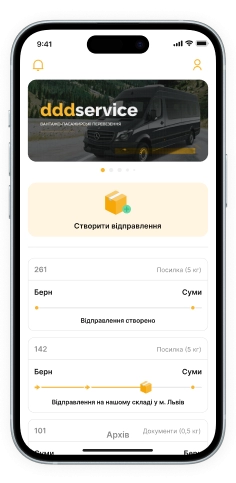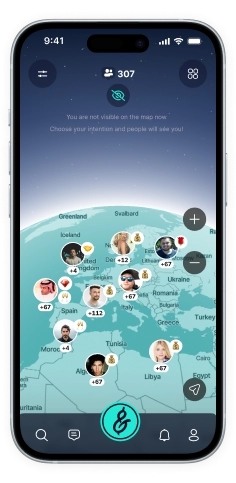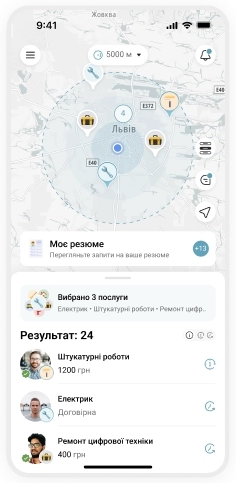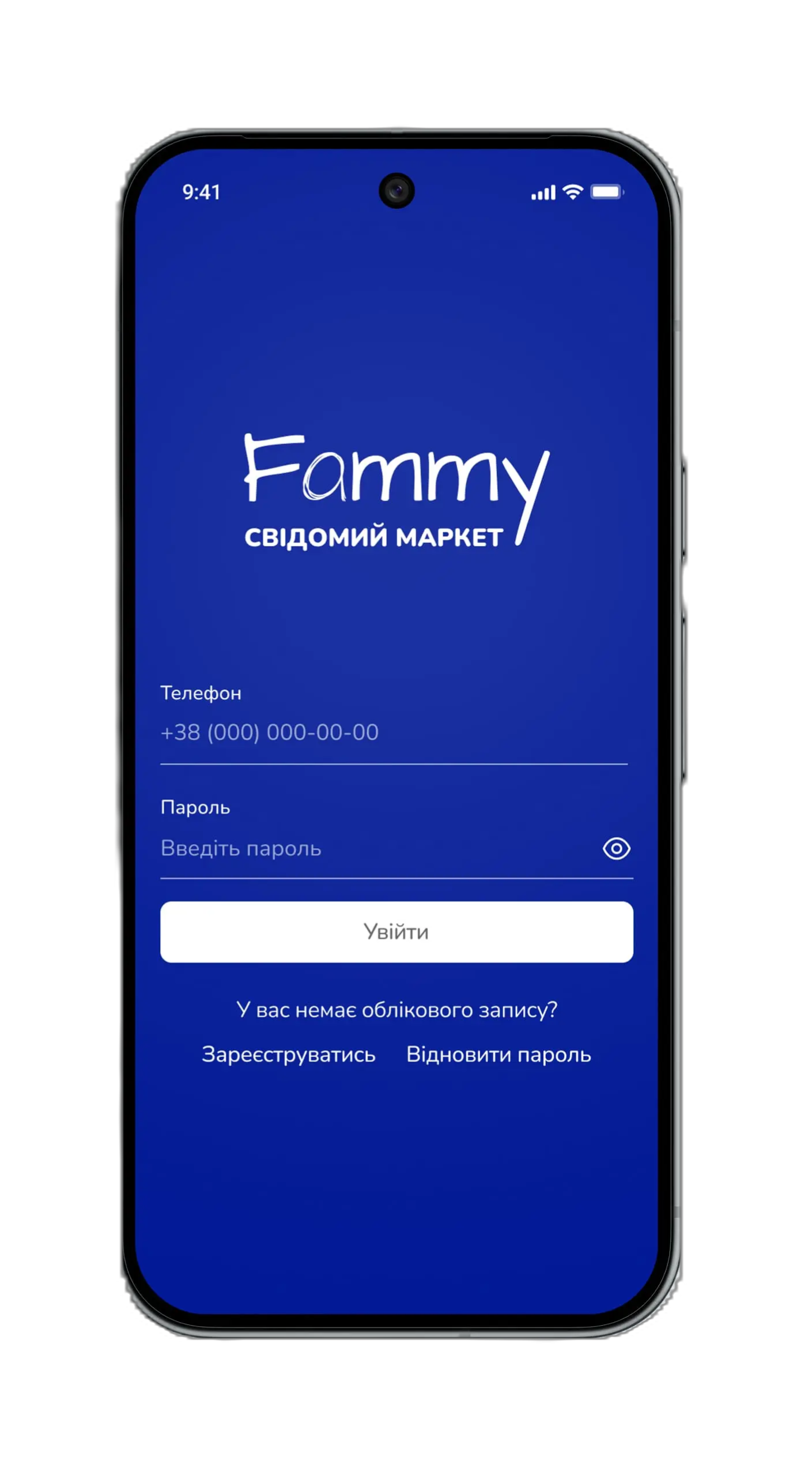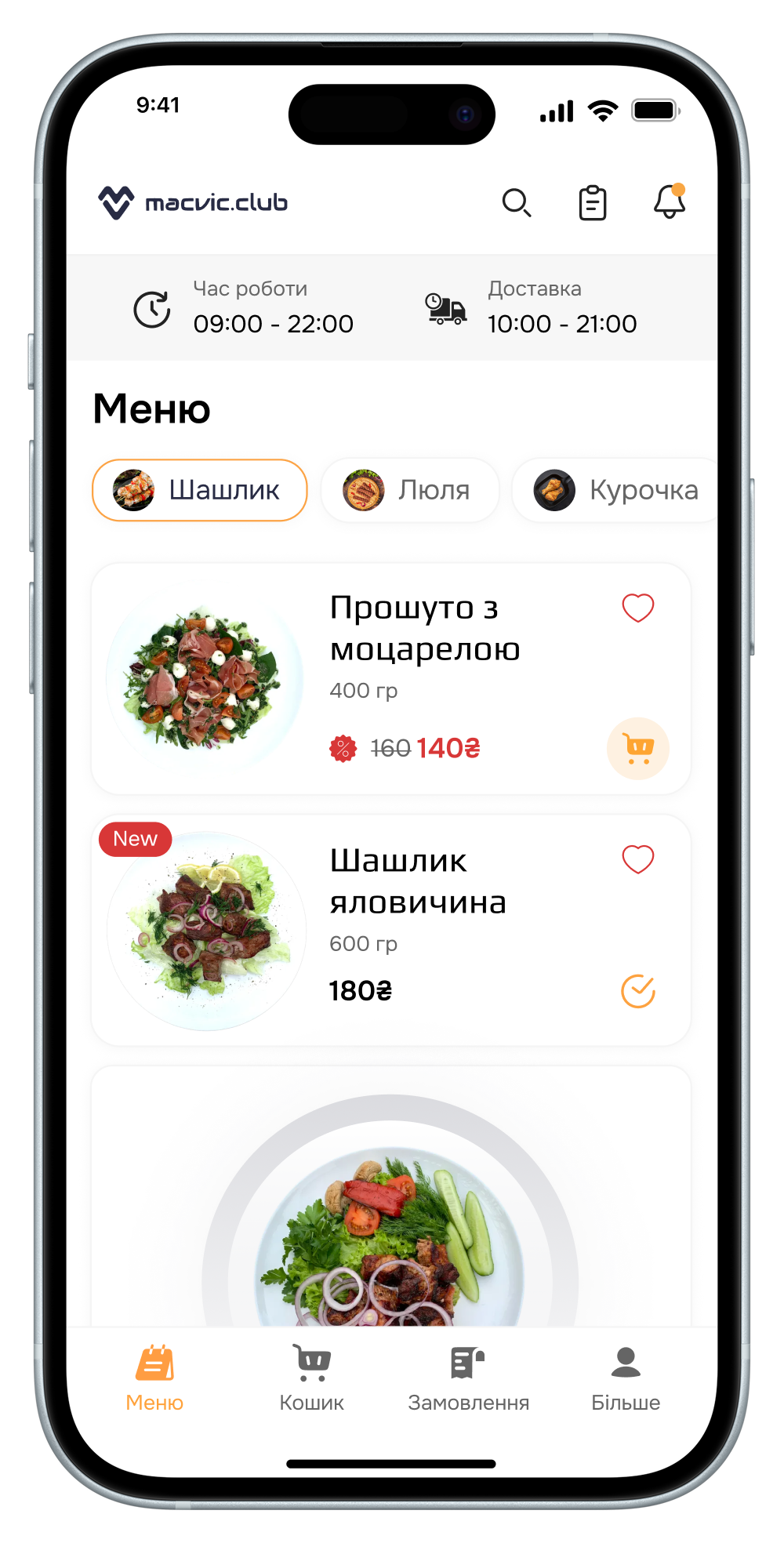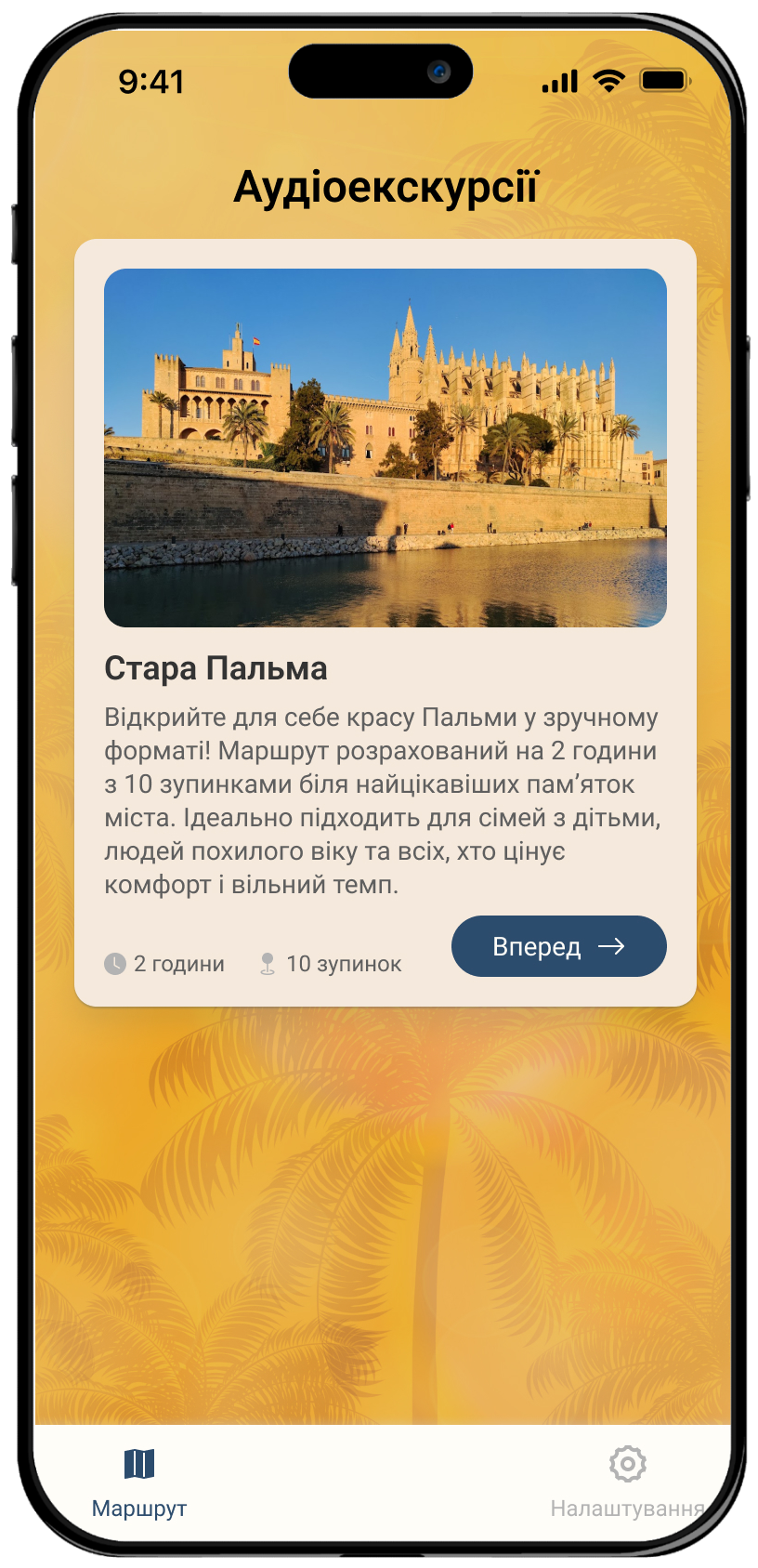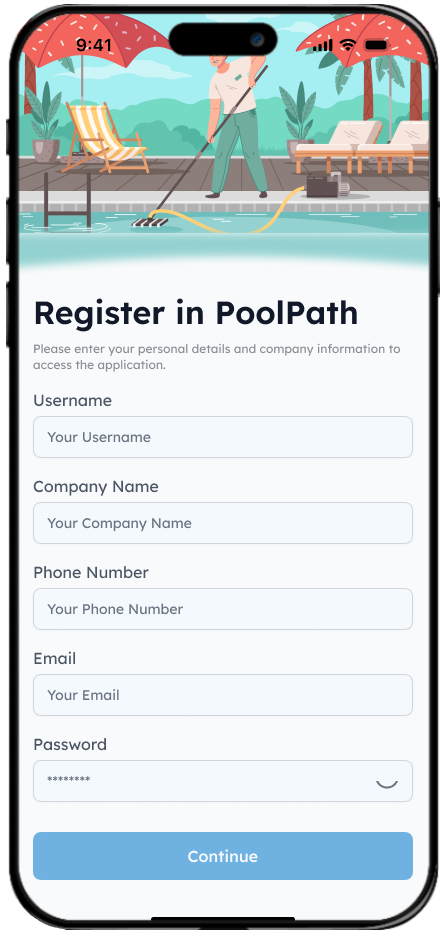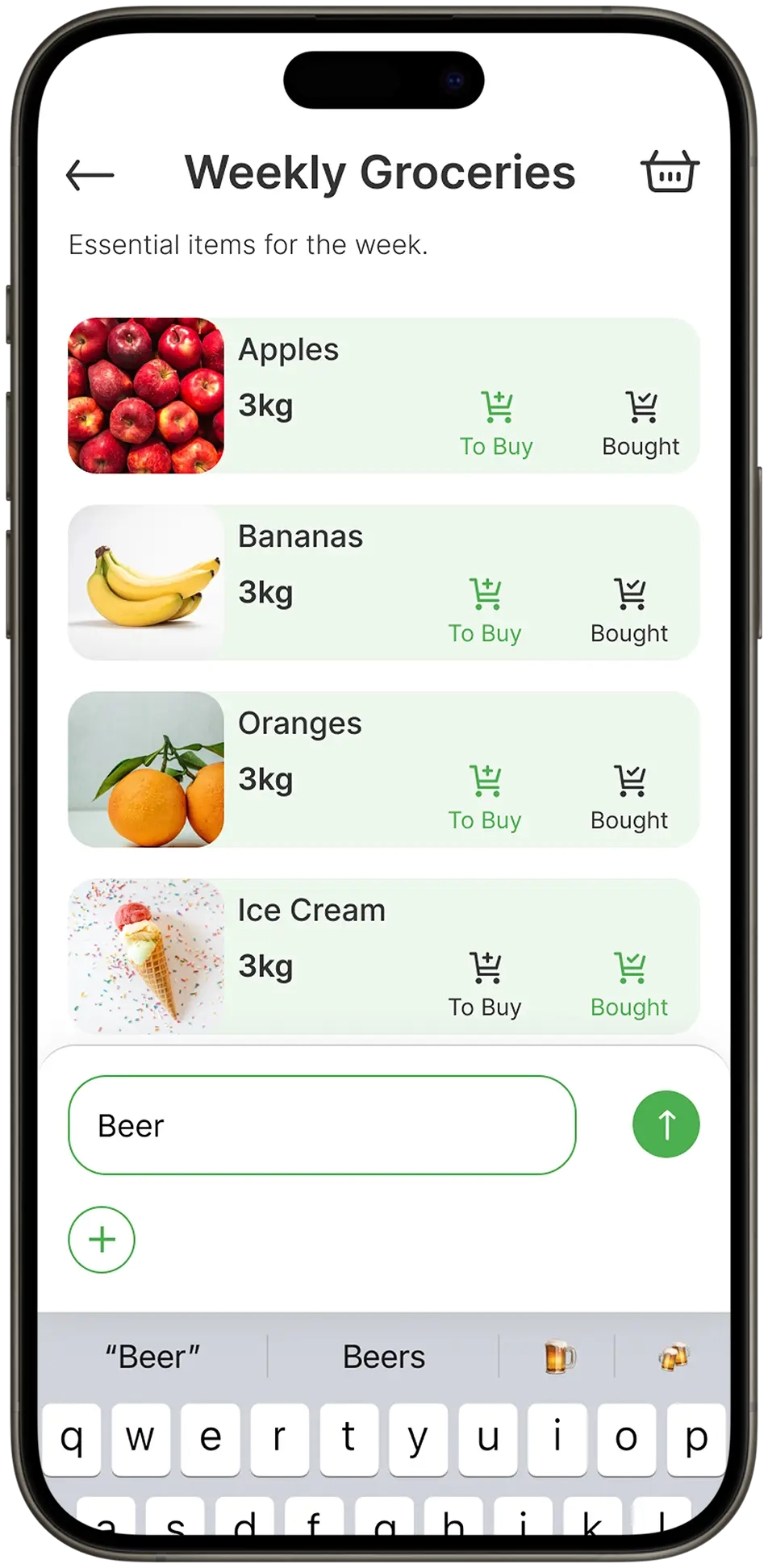Professional cross-platform mobile application development

What is cross-platform development?
It is the creation of hybrid mobile apps that work equally well on both operating systems, reaching the widest possible audience of iOS and Android users. You don’t have to choose and analyse which platform your potential customers actually prefer. You don’t have to pay to build two different native products and spend twice as much time on them. One hybrid app instead of two native apps is the basic principle of cross-platform development.
Cross-platform applications are a universal product that allows you to reach a wide audience and reduce costs and development time. If the application is created by experienced professionals, any disadvantages of the technology are offset and the customer receives a high-quality business development tool in a short time.
What do you write in cross-platform mobile applications?
We use software platforms with rich libraries to develop cross-platform application frameworks. As a result, one piece of code is written for two operating systems, and the application is correctly displayed and stable on both Android and Apple devices.

React Native has a significant share of the cross-platform development market and is considered one of the most popular frameworks.
It has a large community that is actively developed and supported by major global companies such as Facebook, Instagram, Uber Eats, Coinbase, Bloomberg, Airbnb, Shopify, Tesla, Artsy and SoundCloud.
One of the benefits is the speed of application development on React Native. The programmer writes one piece of code, but each operating system interface is customised separately. The technology allows the creation of hybrid projects that work like native ones. The difference is imperceptible both visually and in use. The application consumes minimal device resources and users do not experience any performance issues.

The Flutter framework, created by Google in 2017, quickly became a competitor to React Native. It is used to create multi-platform mobile applications in the Dart programming language, which is compatible with all operating systems.
Developers have an extensive library, a large selection of software tools, excellent technical support and the ability to solve problems with the participation of a professional community.
Applications in Flutter are very productive and show good performance when working with graphics (2D, 3D).

Ionic is a framework fork with an extensive library, out-of-the-box tools, and templates for rapid multi-platform application development. It works with standard web development technologies such as HTML, CSS and JavaScript.
You can also integrate third-party plug-ins for even more mobile development possibilities. The basic principle is one code – any operating system. However, there are limitations in creating complex native elements, so this framework is mainly used for implementing simple and fast projects without complex graphics.
Still, it is limited to the space of a web browser, which essentially renders (displays) all application content in a so-called “view”.
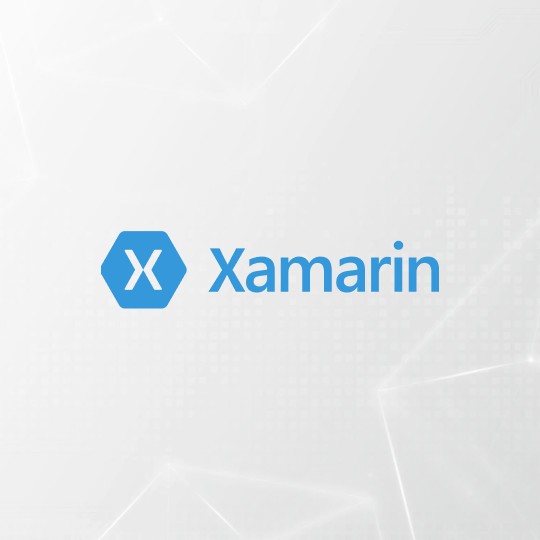
The Xamarin framework is designed for C# and .NET development. It is a Microsoft product with an extensive library and many open source tools. Compatible with both mobile operating systems. Allows you to create complex applications that are as close as possible to native functionality.
Used for applications with low graphics requirements. The platform has its own testing system, Text Cloud, for high quality, real-time testing that simulates a full user session.
All cross-platform frameworks have their advantages and disadvantages. So which one is best for your project? The answer can only be given after analysing the purpose, functionality and application design requirements.
How to create cross-platform applications
General workflow when creating hybrid apps for iOS and Android
You need to understand who the app is being created for and what user tasks it will solve. Create a portrait of the target audience: this data will be used to develop the design and functionality, as well as for further promotion. Carefully study competing products and note their advantages and strengths.
Based on the preliminary analysis, we form a general concept of the application, develop screen prototypes, think through the UI/UX and collect all the information in the requirements specification. We then describe the future application in detail - architecture, functionality, UI features and user scenarios. Finally, we agree a time and material estimate with the client, calculate and approve the cost of creating a mobile application, and then put the project into the development process.
We create the main interface elements using the chosen style - the logo, buttons, icons and screens. When developing the design, we take into account the specifics of the iOS and Android operating systems to ensure that the application displays correctly on all devices with any operating system.
We develop a hybrid application on the modern React Native framework, layout the screens and ensure that the application displays and functions correctly on both operating systems. We also speed up the development process by using libraries and APIs to exchange data with the server side.
We test the completed project for errors and defects. We use automated and manual testing methods to verify usability. We connect to tracking services and analyse bugs, such as AppMetrica.
After testing and debugging, the application is deployed to the stores. We develop projects with the specific requirements of the stores in mind to ensure fast moderation and no blocking.
TECHNOLOGIES


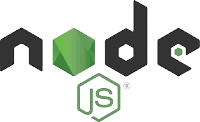







Cost of cross-platform application development
How much does it cost to build a cross-platform application? This is one of the first questions we hear from our customers. The cost of developing an application is calculated individually after analysing the technical task and depends on many factors:
 Application purpose
Application purpose
What is the programme supposed to do, why was it created and how much does it affect the business?
 Functional complexity
Functional complexity
What options should be available to users, whether it is necessary to provide for further expansion and scaling of the product.
 Design requirements
Design requirements
Whether you need to use complex animated objects, 3D graphics or unique design elements.
 Time of work
Time of work
How quickly you need to implement the project, how many people need to be involved in the development.
Order application development
Cross-platform mobile application will help you achieve your goals!
Cross-platform mobile application functionality
We start the project only after a thorough preliminary analysis: we study competing products, the business niche and the characteristics of the target audience. This approach allows us to take into account specific nuances and create an application that will work for the result. During the analysis, we find the best solutions to ensure the success of the application.
From the initial concept discussion to the launch of the finished application on Google Play, all stages of work are carried out by a single team using the flexible Scrum development methodology. Expert planning ensures that project deadlines are met.
Extensive professional experience allows us to optimise the cost of developing a mobile application for Android. Using modern methods and technologies, we reduce the time needed to write a programme and create a high-quality product with a loyal pricing policy. This is one of the main advantages that distinguish us from our competitors.
We do not stop working with the customer after the application has gone live. We provide a full range of technical support, tracking bugs and fixing them quickly, responding to user requests regarding the application's performance.
Every mobile product requires regular updates - adding features, applying more modern solutions, improving the technical component. The application must always be up-to-date, effective and in tune with the times - our studio takes care of all this.
We are looking forward to your applications, we will be happy to discuss the project and offer the best solution for the implementation of your ideas. Working with experienced specialists, you will get not only a high quality Android application, but also a tool for business development and profit.
Fill in a briefFeatures of cross-platform applications
Native and cross-platform applications have fundamental differences in technical and development technologies. A hybrid product is ordered when there is a need to save money and implement the project to a tight deadline, or to quickly create an MVP version of the project. Instead of two native apps for iOS and Android, one universal app is created, which is faster and cheaper.
While versatility is an advantage, it also has some limitations. Cross-platform makes the application less flexible, so the developer should consider the following notes:
- To build a cross-platform app, you have to adapt to the requirements of the App Store and Google Play and find a special compromise.
- The functionality should work correctly on devices with different operating systems.
- When creating a cross-platform application, it is essential to eliminate the risk of incompatibility with one of the operating systems.
It is easier to solve problems with a professional approach. Cross-platform adaptation is an internal technical task for the developer. A high-quality hybrid application is no different from a native application in terms of functionality and appearance. The audience only sees the result – a productive application with good functionality and an attractive interface.

What projects are suitable for a cross-platform application?
A multi-platform application is ideal for young companies, MVP concepts and start-ups. Without significant financial investment and long waiting periods, the customer gets a high quality product that reaches a wide audience.
Cross-platform development is ideal for accelerating the launch of an MVP – the minimum viable product used to test the market and assess audience needs. It allows you to get the project off the ground with minimal cost and time, test the functionality and see how users react to it, and develop the application further for your scenario.
The possibility of creating a hybrid can be considered for almost any niche. The cross-platform is suitable for the development of functional products without complex graphics: calculation programmes, delivery services, business tools, applications for logistics, e-commerce, food and others.

What does a cross-platform mobile application do?
We recommend ordering the application on a hybrid platform if you need to solve one or more of the following problems
- Get up and running as quickly as possible while saving money. Relevant for young businesses and start-ups that can’t wait and don’t have large budgets.
- Reach the maximum audience with one app. The potential audience includes all Android smartphone and iPhone users.
- Save on future maintenance. Support services are only required for one application. Bug fixes and updates are done simultaneously for two operating systems.
Create cross-platform mobile applications with KitApp Studio
Our team has extensive experience in developing mobile applications, both native and cross-platform. We understand the pros and cons of each option. We have in-depth knowledge of the requirements of Google Play and the App Store, understand the specifics of the iOS and Android operating systems, and know the technical capabilities of the best frameworks for hybrid development. Based on our experience, we can recommend one of the cross-platform/native options depending on the features and objectives of the project.
Contact KitApp mobile development studio – we will analyse your business and target audience, evaluate your competitors and suggest the best development technology. Our main goal is to create a tool that will solve your tasks in the most efficient way and give you more advantages. Regardless of the development method you choose, you can be sure that KitApp will deliver a high-quality, stable application that fully meets your expectations.

